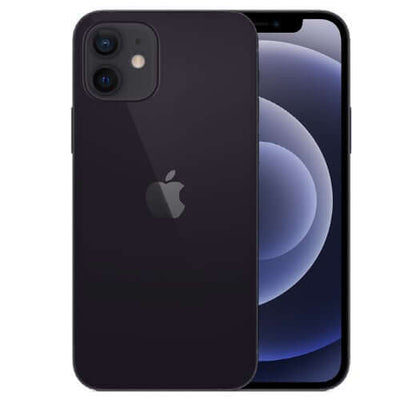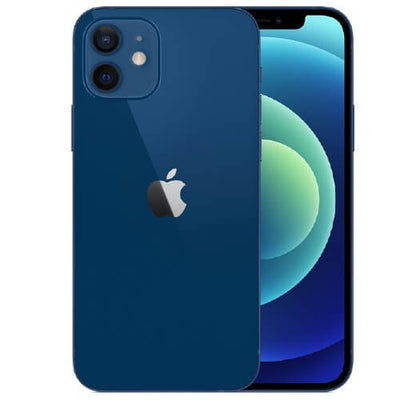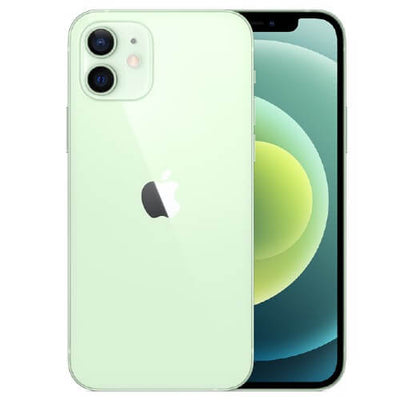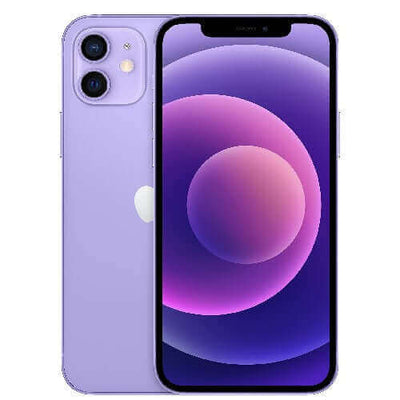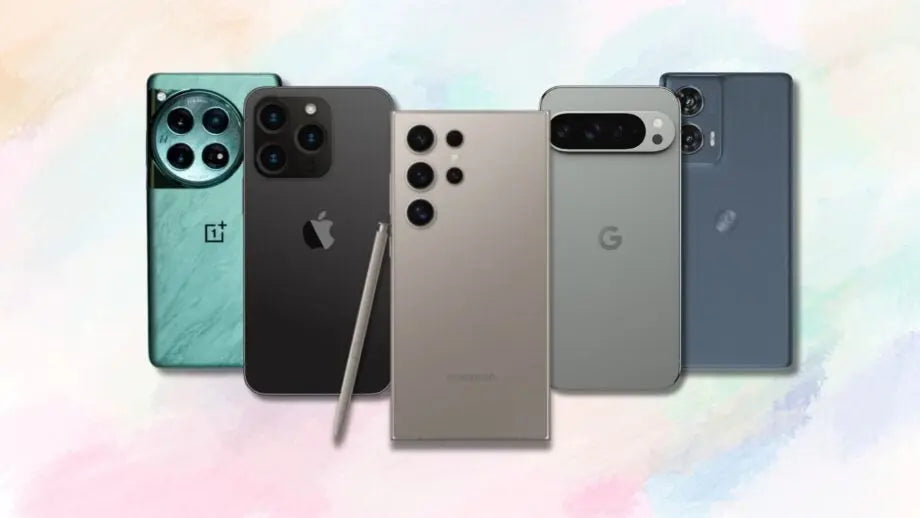Introduction
The time has come to take a final look at the top available gadgets in the marketplace, with nearly all major flagships releasing this year. Competition is growing as the launch of the iPhone 16 series marked Apple's continuous status as one of the main players in the smartphone fraternity.
But this did not come easy, as their competitor giants like Samsung and Google also released beautiful model releases. This year has been particularly impressive with its exciting mix of advanced features, powerful cameras, and AI integrations, along with long-lasting batteries. From the iPhone 16 Pro Max by Apple to the Pixel 9 Pro by Google, each has something different to bring into view, making that decision much more complicated than ever.
Generally speaking, in the Android space, all eyes are on the Samsung Galaxy S24 Ultra, especially in terms of its AI-powered innovative features.
On the other hand, Google's Pixel 9 and Pixel 8a are pushing those limits a bit further ahead with AI, offering impressive features for a fraction of the price at which the premium flagships are selling.
In this comprehensive review, we lead you through striking features of each flagship, starting from the latest innovations brought along by Apple, further seasoned with AI-enabled capabilities by Samsung, and ending with intelligent features by Google, until each phone is revealed in detail to help you make every right choice as per your needs and preferences.
iPhone 16 Pro Max: Best Overall
The best overall smartphone is still the iPhone 16 Pro Max. The 6.7-inch screen boasts OLED, but it's what's packed inside-the A18 Pro chip-that gives this powerhouse performance none of the heavy hitters in photography and gaming have matched. The phone itself has a triple camera setup with one main sensor piece at 48MP and a 5x zoom telephoto lens, pretty much guaranteeing awesome photos even in mediocre low-light conditions.
Other major plus points are the battery life, which will comfortably push the iPhone 16 Pro Max beyond 18 hours on a single charge. The problem is Apple does fall behind regarding charging speeds-a definite minus for those who get used to options available for quicker ways on Android phones. With a larger screen size and expanded camera control, this offers one comprehensive flagship pick for those eyeing a top-level experience.
Samsung Galaxy S24 Ultra: Best Samsung Phone
The Galaxy S24 Ultra by Samsung offers the best experience on Android with a 6.8-inch OLED display powered by Android 13 and the Snapdragon 8 Gen 3 processor. The most prominent selling point of the argument for this phone is its enriched new AI capability, which helps a user do various tasks without much hassle-be it transcription or translation.
The battery life tests net in excess of 16 hours. On the other hand, the on-paper specs of the zoom camera may be just a tad from being better than its predecessor Galaxy S23 Ultra since it has had a downgrade from 10x zoom to a mere 5x zoom lens with 50MP. However, the phone remains well ahead of many in the Android space with seven years of updates and security patches.
Google Pixel 9 Pro: Best AI Integration
The most outstanding feature concerning AI on the Google Pixel 9 Pro is accommodated by Tensor G4. Such a chip upgrades it to excellent performance in processing images, real-time translations, and voice transcriptions. It shall also have excellent camera performance, arriving with a 50MP main sensor, 48 MP ultra-wide, and a 5x zooming telephoto lens to provide users with an ultra-premium-grade photography feeling.
The remarkable increase in running time has reached 13 hours and 37 minutes. However, the Pixel 9 Pro is not as quick as some flagships boast with the Snapdragon 8 Gen 3. Yes, if AI features and photo quality are of prime importance to you, then it will be wise to go for the Pixel 9 Pro.
OnePlus Open: Best Foldable Phone
The OnePlus Open has secured its leading position among foldable phones by using top-notch technology and practicality. With this, one can be pretty sure that the Trot-built high-performance execution in multitasking and resource-heavy applications will be availed at the top of a Snapdragon 8 Gen 2 chip.
The wide 7.82-inch foldable OLED display will offer users a tablet-like experience that could be perfect for everything from gaming to productivity tasks on the spectrum, inclusive of document editing and split-screen browsing.
The device is designed to offer easy folding so that operation can switch between an ordinary phone and an extended display with great facility concerning user needs.
But the really standout feature of the OnePlus Open is its phenomenal battery life. Because most folder phones have large main displays, their batteries tend to be underperforming. However, the OnePlus Open tells another story: it can easily last well over 11 hours on a single charge and hence is very reliable for work and leisure alike.
More importantly, the phone can charge rather fast, so users will pretty soon be back in business after a quick recharge, adding even more practicality to this device. Fairly, it has probably failed at least up to now with low-light photography in the OnePlus Open. Of course, it does have a camera that exposes images quite adequately under normal conditions.
However, any low-light conditions appear to expose some weaknesses in the image clarity and detail present. Taking the minor nitpicking out, the newness that the phone has to bring to the table with its dynamic multitasking, or ease of use, keeps it way ahead of the competition. At a starting base price of Dhs 6,235, the OnePlus Open goes much lower compared to quite a few of its equivalents in the market that come across as high-end foldables, leaving quite great value for money.
Melding performance with durability and practicality, this makes for an excellent choice for those users who need the benefits of a foldable device without sacrificing the usability of day-to-day needs.
Asus ROG Phone 8 Pro: Best for Battery Life
But, again, when it comes to the power users who value this aspect above all, there's but one: the Asus ROG Phone 8 Pro. It managed to last an 18-hour charge, making it the longest-lasting phone tested and thus perfect for power users and gamers alike who need a device that will go the distance.
With gaming in mind, it sports a Snapdragon 8 Gen 3 processor, promising very high performance for resource-intensive applications and constantly addressing heavy multitasking. The ROG 8 Phone Pro easily runs all tasks-be it streaming, gaming, or even working on the go-with more powerful hardware. Other salient features of this phone are the 6.78-inch OLED display with a refresh rate of up to 165 Hz, which makes transitions absolutely smooth-be it graphically powerful game-playing or app-scrolling.
Then, of course, there is the stellar OLED screen that makes this phone ideal for entertainment, thanks to its brilliant colours and sharp contrasts breathing life into your videos and games. The one real downside that accompanies the Asus ROG Phone 8 Pro, even with stellar gaming performance and its great battery life, is the camera performance.
While functional enough to thus take pictures, the camera of the phone feels a bit behind other main flagship smartphones in capturing detail and clarity across difficult lighting conditions. For this device, its focus rests on gaming and performance alone; the camera feels like more of an afterthought. But for users in whom photography is not the top priority, but Battery life with power and performance is, the ROG Phone 8 Pro does not waste any time.
Suffice it to say, with its unparalleled battery endurance, great gaming features, and durable design becoming most up to play against demanding gamers and power users who need their phone to last through a hugely demanding lifestyle.
Conclusion
Today, flagship smartphones answer the needs of every kind of user preference. Be it the die-hard Apple fan or one that would lean more into Android, there's just the right phone that will fit your priorities.
In that case, the iPhone 16 Pro Max would go on to become one of the most all-rounded smartphones to come out, with an enormously big display, a further advanced camera system, and awesome battery life.
The whole phone is especially meant for people who wanted a company, a kind of premium-like phone able to excel in every term starting with photography and moving further to performance. However, equally convincing options are Samsung's Galaxy S24 Ultra and Google Pixel 9 Pro on the Android side, both furthering their own very distinct power.
Equally unimpressive, the Samsung Galaxy S24 Ultra boasts top-of-the-line AI features to make everyday tasks easier and more intuitive, with top-shelf camera tech inside-one of the best for photography buffs. For those users who insist on simplicity with superior photo capabilities, the Google Pixel 9 Pro is highly recognized for its AI-driven innovations across many aspects, especially its camera feature.
Meanwhile, those more esoteric tastes will continue to be satisfied by the folding design of the OnePlus Open, while gamers and power users alike will appreciate the battery life that's purely second to none on the Asus ROG Phone 8 Pro. All in all, each device has its particular strong suits, making there something for everyone.
FAQs
1. Which one has the best battery life?
Now, speaking about the battery life, it has the ASUS ROG Phone 8 Pro leading by mining more than 18 hours right from one charge.
In the case of gamers, it deliberately contains the big 6000mAh battery, optimized for resource-heavy applications and extended gameplay sessions. Where it really differs in terms of battery life, however, is in how it integrates hardware and software efficiency together.
Advanced power management on this phone works for efficiency in extending battery life with no compromise on performance. Even for aggressive multitasking or resource-heavy games with heavy graphics, this phone does really well and should be out there among the first options for such users, looking forward to the endurance of their phone. The fast charging further means it's going to have pretty minimal downtime. Whether for gaming, streaming, or a daily driver, general battery life on this phone gives peace of mind that will seldom have one searching for a charger.
2. Which foldable phone is the best?
Where the OnePlus Open sits as flagship for the foldable phone market with unrivaled multitasking and quite decent battery life.
In this phone, users will find a big foldable display allowing them to run several apps at once for better productivity. Other than this, the slim form factor and robust hinge mechanism are what set it apart from its foldable counterparts for better durability and ease of use. The OnePlus Open nails the very things most foldables merely skim over: battery efficiency. With its fast charging capability and day-long battery life, it ensures people will enjoy their phone without constant bother with queries of charging.
This means a customized UI that further enhances multitasking-such as split-screen usage-or transitions seamlessly between folded and unfolded modes. All said and done, whatever anybody would want from innovation, performance, and dependability inside a foldable phone, the bar is set with the OnePlus Open.
3. Which one has more improved camera?
When it comes to camera performance, the 16 Pro Max and Pixel 9 Pro are almost at par with each other, trying to outshine each other on different aspects. The iPhone 16 Pro Max reached celebrity status for better video capabilities, offering 8K video recording with amazing stabilization-something that content creators and vloggers alike love.
It is excellent in both color accuracy and low light for shots that are more natural, whatever the condition of light may be. On the other hand, the Pixel 9 Pro excels in computational photography. With features such as Night Sight or Super Res Zoom enabled by its AI chipset, this may click ultra-detailed shots even in very poor shooting conditions.
It segregates for landscapes and portrait shootings, especially with enhanced images via machine learning. Both are really excellent phones, but the better of the two will obviously be a question of which one places more importance either in video performance-which would amazingly show up with the iPhone 16 Pro Max-or in AI-enhanced photography, where the Pixel 9 Pro shines.
4. What is the best value Android phone?
The consensus across reviews hails the OnePlus 12 as one of the best-value Android phones to get flagship features at the cost of just about everything, sans a truly outrageous price.
That gives this phone the best combination of specification features: a high-refresh-rate AMOLED display, a powerful Snapdragon chipset, and one of the best camera systems fitted inside a phone, while its price is more comparable with-and resignedly affordable-compared to that of its flagship counterparts.
Probably the most striking feature of this smartphone has something to do with how well OnePlus 12 performs in balancing it out with the phone's cost. It offers, for instance, some features reserved for far more expensive phones: fast charging, high-end design, and premium build quality-this one still manages to keep the price competitive.
Not only that, but it also comes with impressive software support in terms of regular updates for security fixes and introduction of new features. Boasting a flagship experience at a mid-range price, the OnePlus 12 is great value for money, given what it demands. That simply makes it a smart choice for any user who wants premium performance on his device without bleeding him dry.
5. Which is the best phone with AI features?
The Google Pixel 9 Pro still clings tightly to the crown or throne for AI-powered features, coming embedded with some of the most striking AI-powered tools that have ever been brought into the world of smartphones. Meanwhile, it brings other neat features with it: real-time translation, which speaks out loud directly from the spoken language one is speaking to another, and voice transcription to make note-taking a lot easier or speech-to-text, so to back up the proprietary AI technology by Google.
It also brings in AI capabilities from the Pixel 9 Pro into photography, such as AI-powered scene optimization and Google's iconic Night Sight for significantly improved low-light photos. Besides, Google Assistant is even more excellent on the Pixel 9 Pro. It gives predictive suggestions from user behavior and makes daily tasks even more productive. In the whole ecosystem of the phone, the placement of AI features and all minute details are intuitively placed and extremely easy to work with. If you mean everything with smart features and their automation, then you need to own the Pixel 9 Pro.
